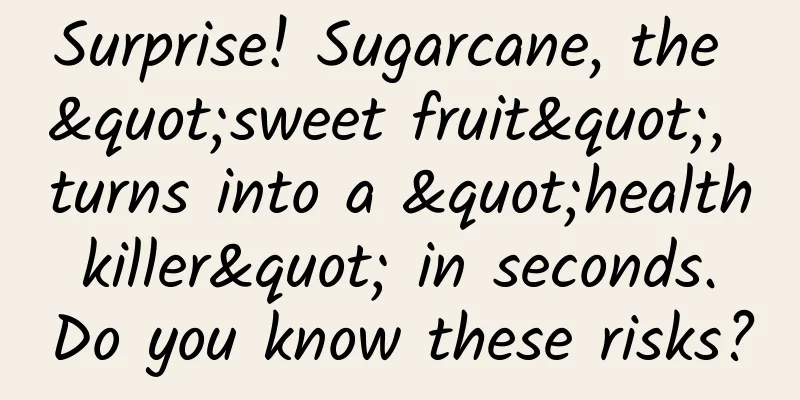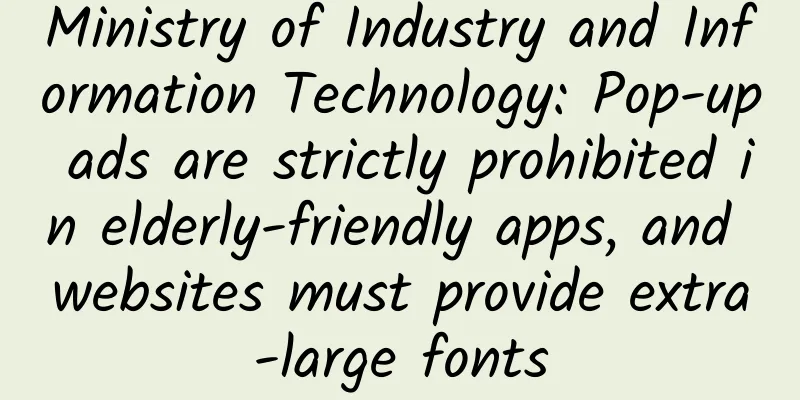The world's first! The hydrogen anion superconductor problem that has troubled the industry for years has been solved by Chinese scientists

|
Chinese scientists have achieved ultrafast hydrogen-ion conduction at room temperature! A team led by researcher Chen Ping and associate researcher Cao Hujun from the Dalian Institute of Chemical Physics, Chinese Academy of Sciences, proposed a new material design and development strategy. Through mechanochemical methods, they intentionally created a large number of defects and nanocrystals in the lattice of rare earth hydride, lanthanum hydride, and developed the first ultrafast hydrogen-ion conductor at room temperature. The relevant research results were published in the journal Nature on April 5. Under certain conditions, some materials undergo an order-disorder phase transition into a superionic state with high ionic conductivity and low migration barriers. In this state, ions move through the material's rigid crystal structure as quickly as they would in a liquid. This phenomenon is beneficial for the conversion of chemical energy because it allows ions to move without liquids or soft membranes separating electrodes. However, few solid-state materials can achieve this state under ambient conditions at room temperature. "Hydrogen-ion conductor materials that exhibit superionic conduction at room temperature will provide tremendous opportunities for building new all-solid-state hydride batteries, fuel cells and electrochemical conversion cells," Chen Ping introduced. Hydrogen ions have strong reducing properties and high redox potential, and have become the focus of researchers. "In recent years, scientists have developed several hydrogen ion conductors, such as alkaline earth metal hydrides and rare earth metal oxyhydrides, which are known for their ability to achieve fast hydrogen migration," said Chen Ping, but none of them can achieve superionic conduction at room temperature. This time, the researchers innovatively used a mechanical ball milling preparation method to cause the lattice distortion of lanthanum hydride through impact and shear force, forming a large number of nanocrystals and defects. These lattice defects can significantly inhibit the electronic conduction of lanthanum hydride, causing its electronic conductivity to drop by more than 5 orders of magnitude compared to well-crystallized lanthanum hydride. More importantly, the change in the material's crystallinity does not significantly interfere with hydrogen ion conduction. It can "shock" the electron transfer while still "maintaining" the rapid transmission of hydrogen ions, ultimately achieving excellent hydrogen ion conduction properties. In previous studies, hydrogen anion conductors could only achieve ultrafast conduction at around 300°C. This study achieved ultrafast ion conduction under mild conditions of -40°C to 80°C. At the same time, the researchers also achieved the discharge of a room temperature all-solid-state hydrogen anion battery for the first time, confirming the feasibility of this new battery. Talking about the difference between ultrafast hydrogen-ion conductors and superconductors, Chen Ping introduced that superconductors are conductors that transfer electrons with zero resistance, while ultrafast hydrogen-ion conductors transfer hydrogen ions. "Many known hydride materials are ion-electron mixed conductors." Chen Ping said that the material engineering strategy we established has a certain universality and is expected to open up the research and development of hydrogen anion conductors. The reviewers of Nature commented that this work demonstrated a very interesting and novel research method. Source: Science and Technology Daily Original title: "my country has developed the first room-temperature ultrafast hydrogen negative ion conductor" |
<<: Let’s go to Linzhi! See the spring flowing out of the world’s deepest canyon
Recommend
Hot on the Internet! What is this plant that can produce "gems"?
Recently, a plant called "Opal Berry" h...
World Bipolar Disorder Day丨They are neither geniuses nor crazy...
Today, March 30, is World Bipolar Disorder Day. M...
Porsche may stop using diesel engines as Volkswagen scandal spreads, 20,000 Cayennes will be recalled
After nearly two years of investigation, the &quo...
Which cloud computing company is better? Amazon vs. Microsoft
Last week, Amazon and Microsoft released their qu...
This year's new trend! Make tassel earrings out of plants!
Recently, a plant that can be used as "tasse...
What to do if your child doesn’t like to study? Confucius has already thought of it for you!
Mixed Knowledge Specially designed to cure confus...
2021 Beauty and Skin Care Marketing Strategy
This may be the most comprehensive beauty and ski...
This "nemesis" of the African giant snail was found in inland China for the first time
On October 19, 2024, when the friends in Guangdon...
Linus Torvalds sends an open letter: blasting the Google Mail team
I've praised your spam filters before, but I&...
Why is the supermoon so big?
Don't doubt your eyes, sometimes the moon doe...
Stranger social networking and new media operations are inseparable
New media operations basically revolve around fan...
Measuring the height of Mount Tai, counting the wine jars in the wine pile... How did the ancients solve "tricky" problems?
Measuring the height of Mount Tai, calculating th...
If you don’t write your resume like this on iOS, you won’t be able to find a job
In the workplace, a resume is like a storefront. ...
Writing foolproof code
[[154940]] Over the past few months, I've dev...
Yingke team Fanxiang Life guarantees a monthly income of 10,000 yuan passively earning full tutorial
As we all know, platforms such as Fenxiang Life a...









